|
Centrip Editorial Board
A taste of Nagoya's upscale lifestyle in the cultural district of Kakuozan

When it comes to travel in Nagoya, local attractions and food are always at the top of the list. Areas, such as Osu Shopping Street, known for its young crowd and famous miso-pork cutlet, are popular. This time Centrip Japan would like to take you to Kakuozan, a cultural district in Nagoya with its unique atmosphere, to experience the elegance where the upper-class literati used to gather.
Table of Contents
Stroll through the cultural atmosphere of Kakuozan
Kakuozan is one of Nagoya's most exclusive residential areas. It has a quiet and elegant environment that attracts many fashionable shops, lending it a distinctive cultural style.
Now a place where the rich reside, Kakuozan was also where the elite gathered over a hundred years ago. As a result, much of the noble and elegant culture and architecture has survived. With all these attractions within walking distance, it's a great way to spend half a day or more walking around the area and soaking up the quiet atmosphere.
Required time: 4-6 hours
9:00 Nittaiji Temple: A Japanese temple with a Thai twist
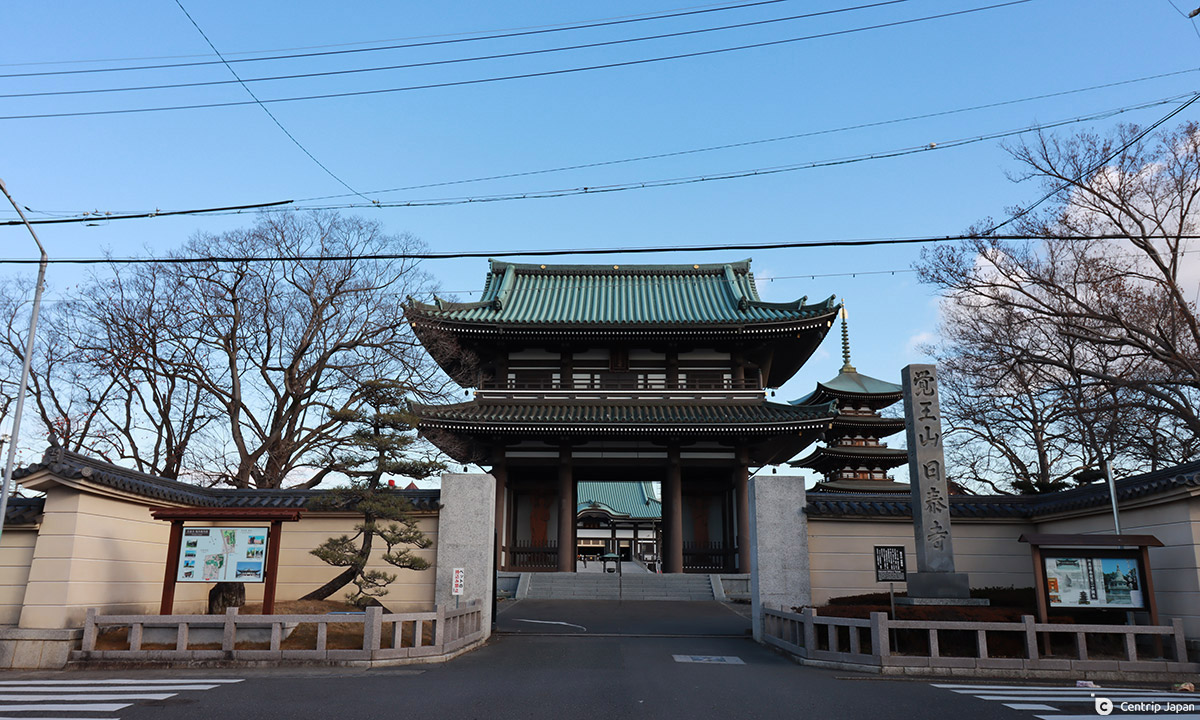
After getting off the Nagoya subway at Kakuozan Station, take a 10-minute walk up a straight street to Nittaiji Temple.
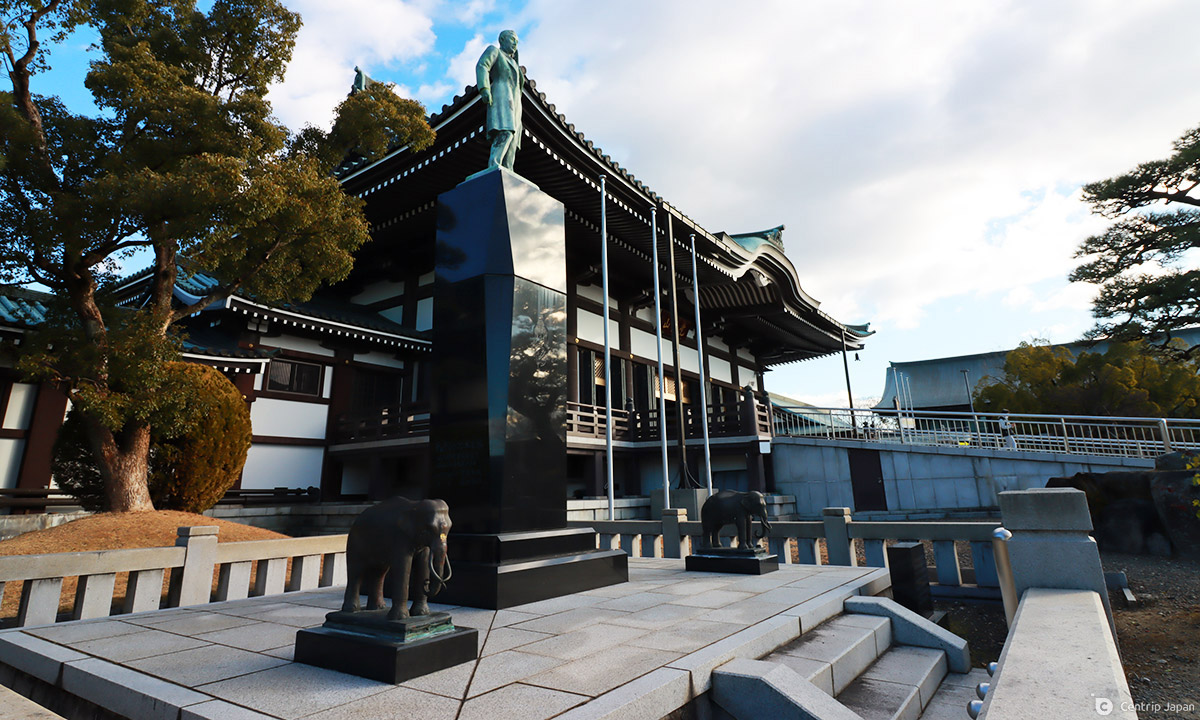
The temple was built in 1904 to house the Buddha's relics (the bones of Shakyamuni) given to Japan by the King of Thailand. The connection to Thailand is why you can find items such as elephants and statues of the fifth King of Thailand. The name of the temple means Japan and Thailand.
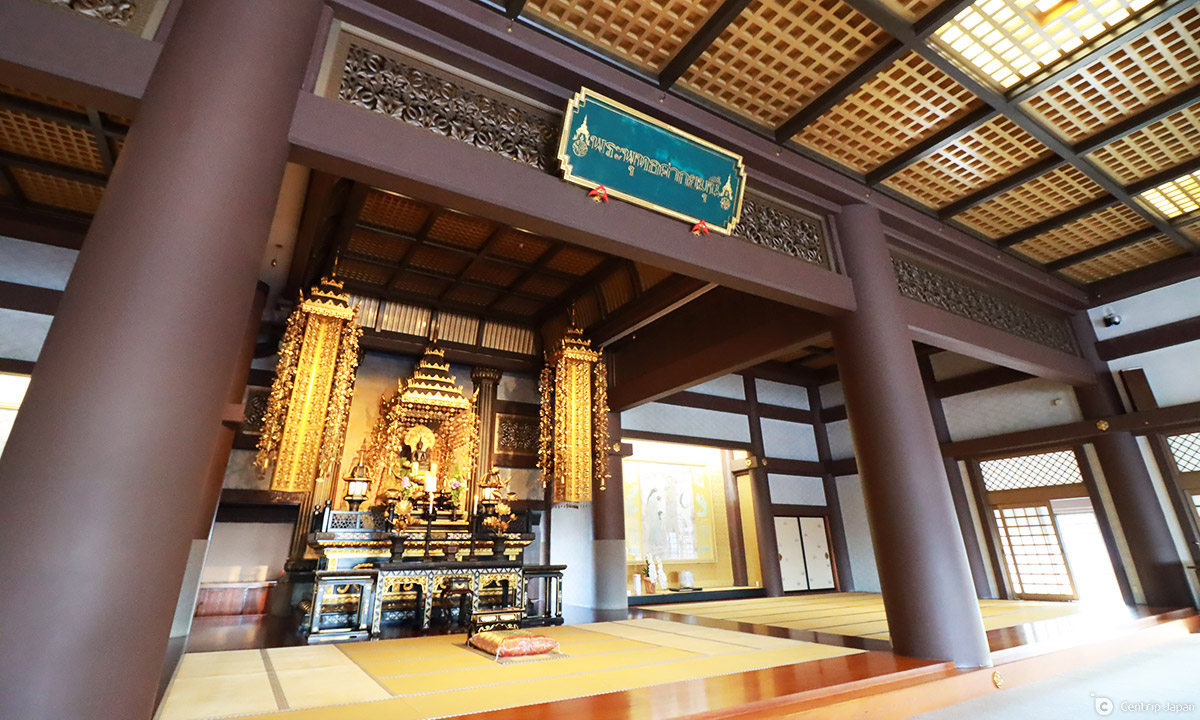
When there aren't too many visitors, the temple is a solemn and quiet place, guarding the whole of Kakuozan. The glorious temple houses a golden bronze statue of Buddha, a gift from the King of Thailand. Look up and see the plaque in Thai! This plaque, inscribed by the 9th King of Thailand, stands for Shakyamuni Buddha.

Another feature is the wall paintings by the famous Japanese painter Tatsuo Takayama, depicting Shakyamuni Buddha at the moment-of-enlightenment.
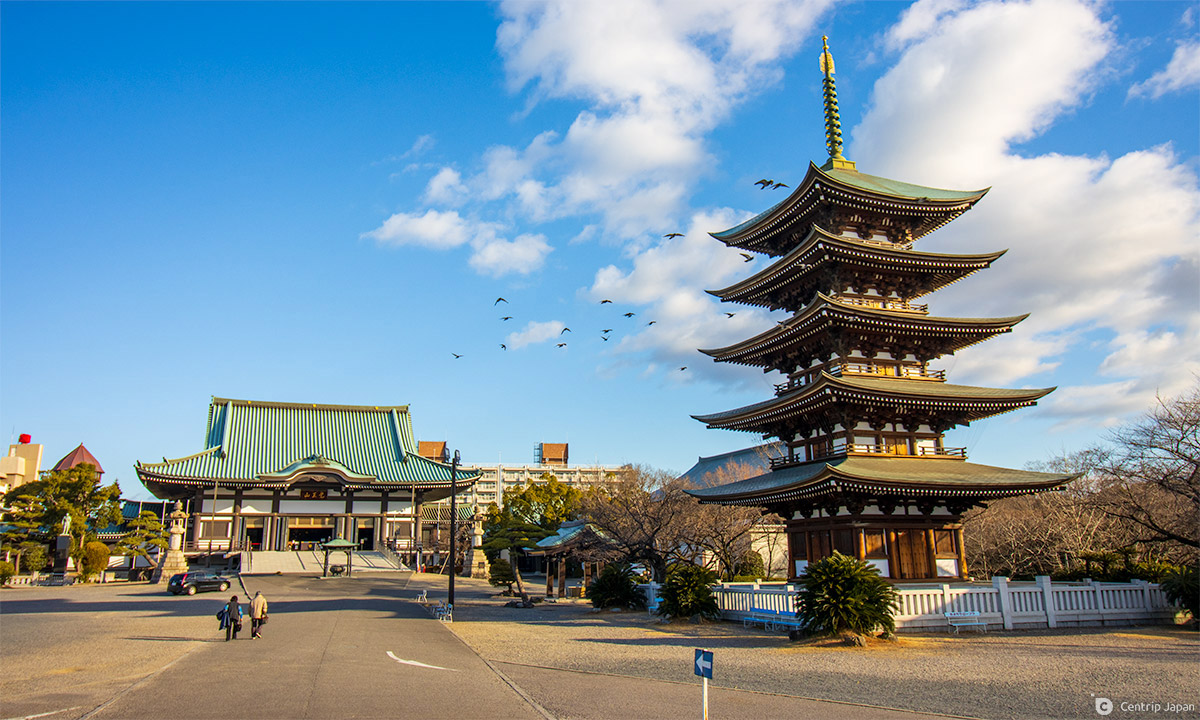
The usually quiet and solemn Nittaiji Temple transforms into a marketplace on the 21st day of the month. Food, sundries, Buddhist artifacts, and all sorts of stalls pop-up in the temple square, and locals come to shop and chat.
10:00 Yokiso: An exotic villa, where ideas flowed a century ago
A five-minute walk from Nittaiji Temple, you will arrive at the next attraction, Yokiso.
It was built between 1918 and 1937 by Ito Jirozaemon Suketami XV, the first president of the Japanese department store chain Matsuzakaya. Back then, the villa occupied an area of 33,000m2, with a garden, tennis courts, ten luxurious buildings, and even a secret passage (supposedly to keep guests from bumping into each other)! It was a place where Japanese royalty, political entrepreneurs, guests from all over the world, and elite students came and went before the Second World War and was the venue for countless tea parties and moonlight viewing parties.
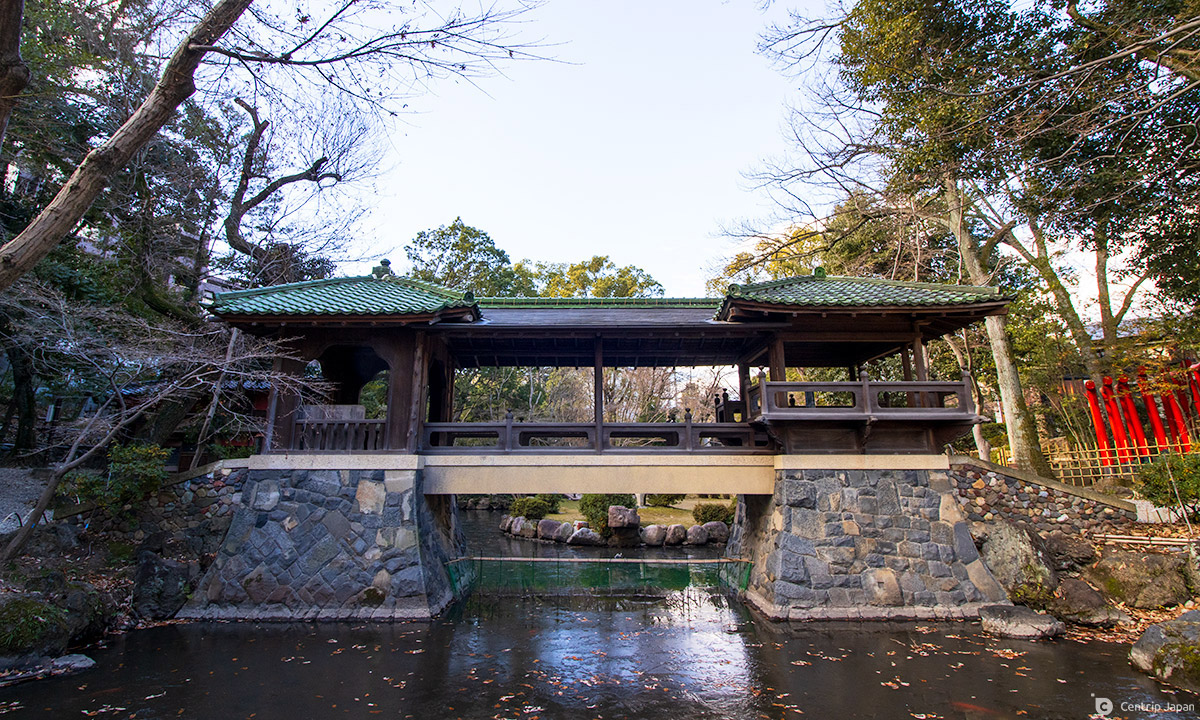
Yokiso burnt down during the war, and now only the southern and northern gardens remain. The Northern Garden is a Japanese garden, built to imitate the Shugakuin Rikyu Shrine in Kyoto, with its elegance and peacefulness, and free to visit.
It is also worth visiting the Hakuun Bridge, with its intricate carvings of dragons and hand-carved wood.

There are even a shrine and a torii gate in the private garden!

In the south courtyard is, Choshokaku, designated as a tangible cultural asset by Nagoya City. Entry costs ¥300 and is well worth a look inside! We recommend taking one of the free tours every hour, so you don't miss out on the must-see details. Guided tours are also available in English and can be booked 15 days in advance by phone (052-759-4450).
As a reception hall, the architectural design of Choshokaku is extraordinary. The influence of Chinese, European, Japanese, and Indian styles blend harmoniously in the building.
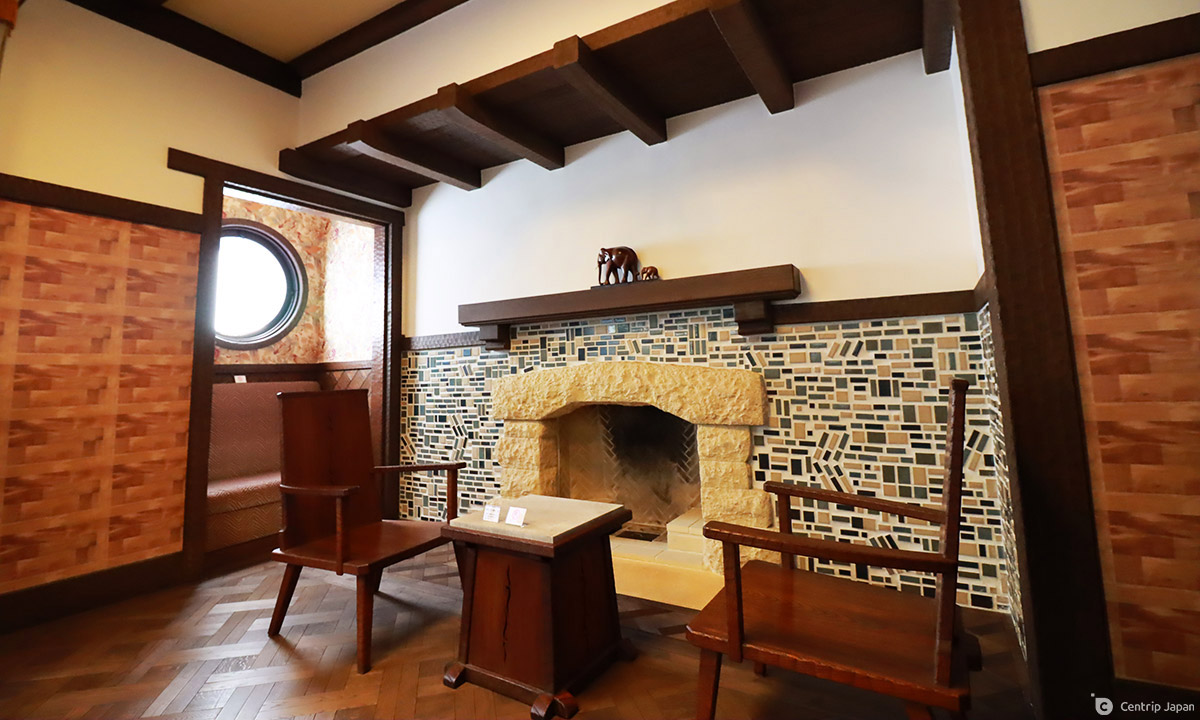
The reception room, crafted in the European style, has small sofas and round windows in the corners.
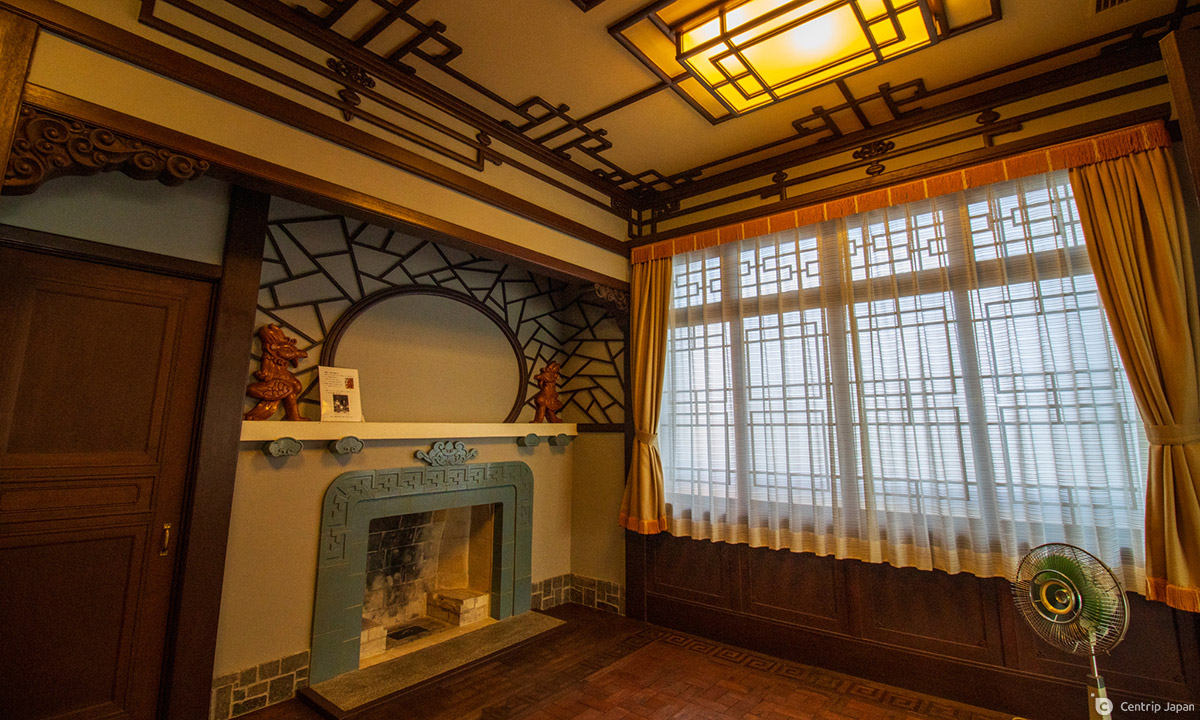
A few steps further on, the room changes immediately to a Chinese-style bedroom.
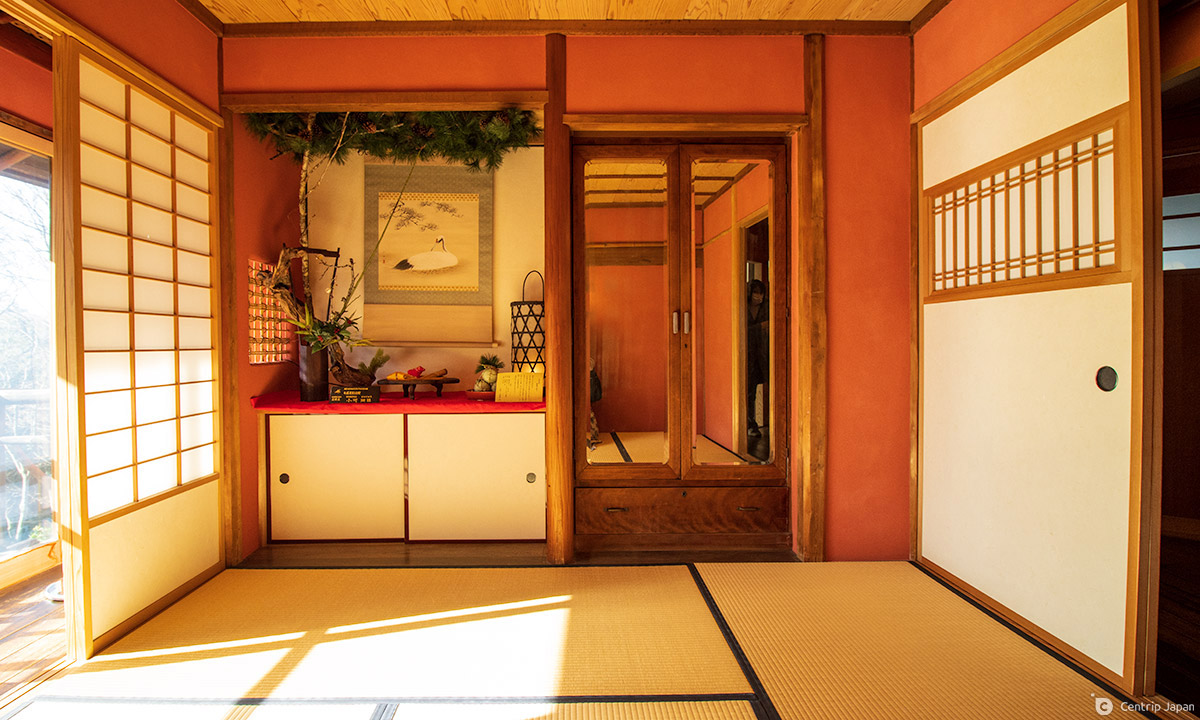
The top bedroom is a warm red in the Japanese style.
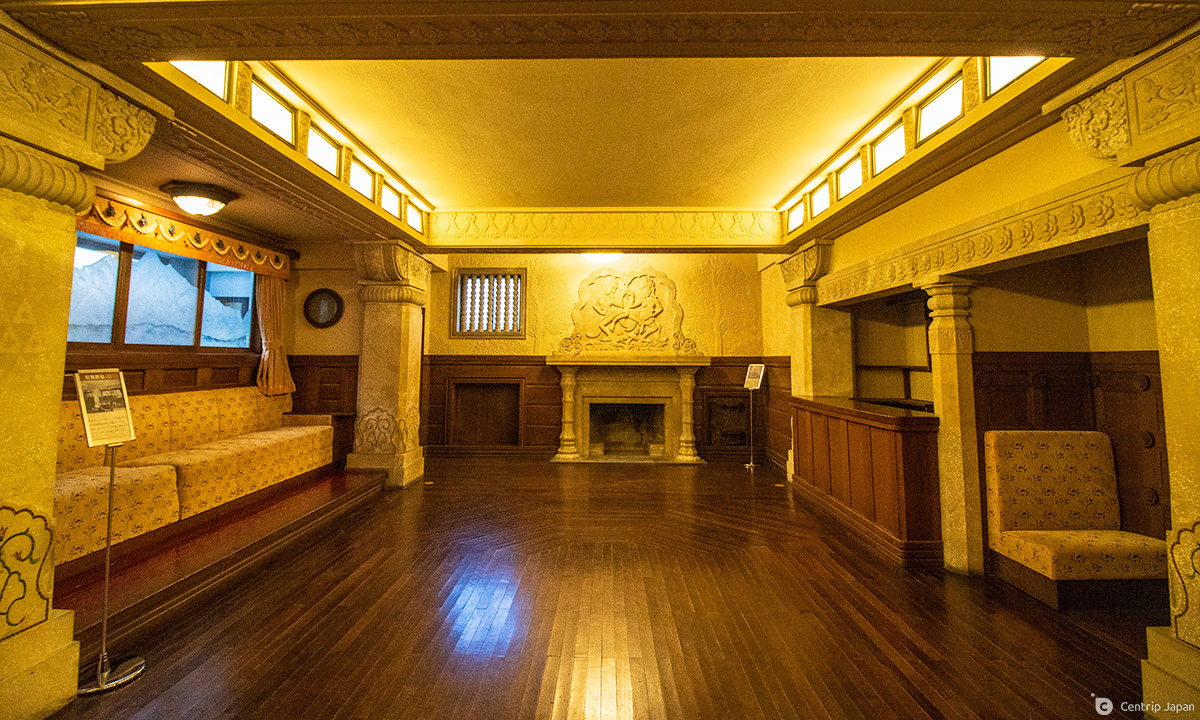
The spacious ballroom in the basement was where the upper class mingled in those days. The pillars have the same pattern as an Indian palace.
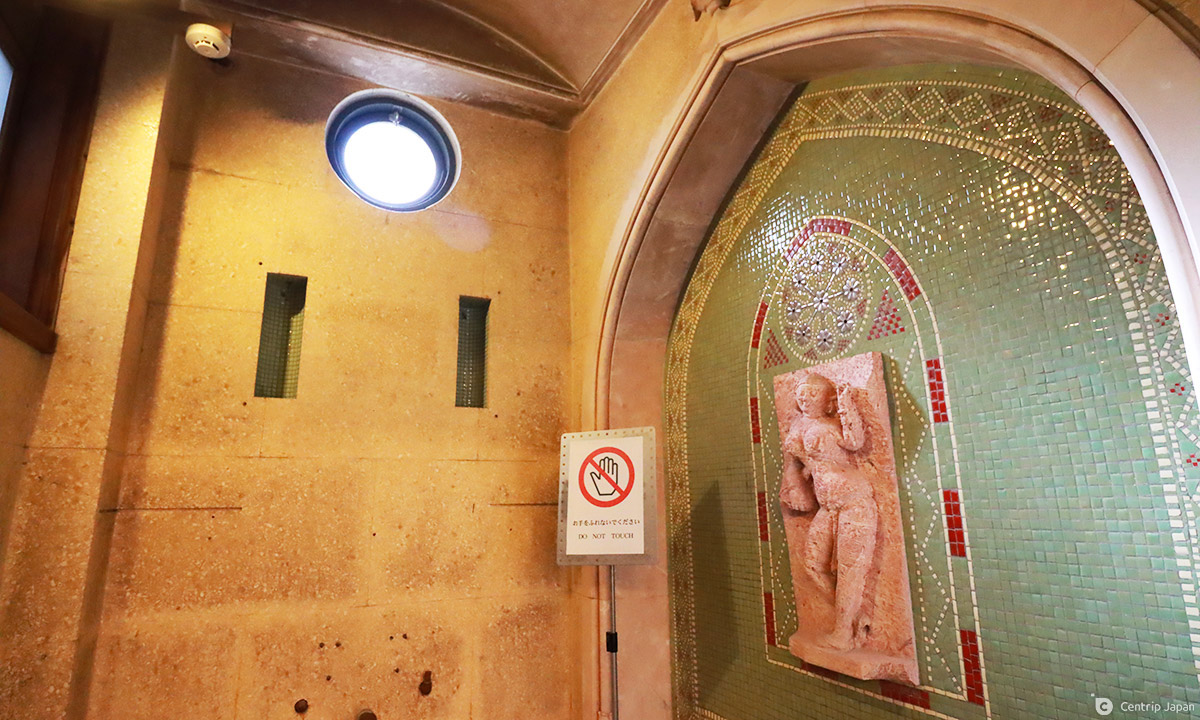
The Indian-style 'meditation room' has a round window that lets in the morning sunlight just right.
13:00 Furukawa Art Museum: An old mansion with paintings and tea
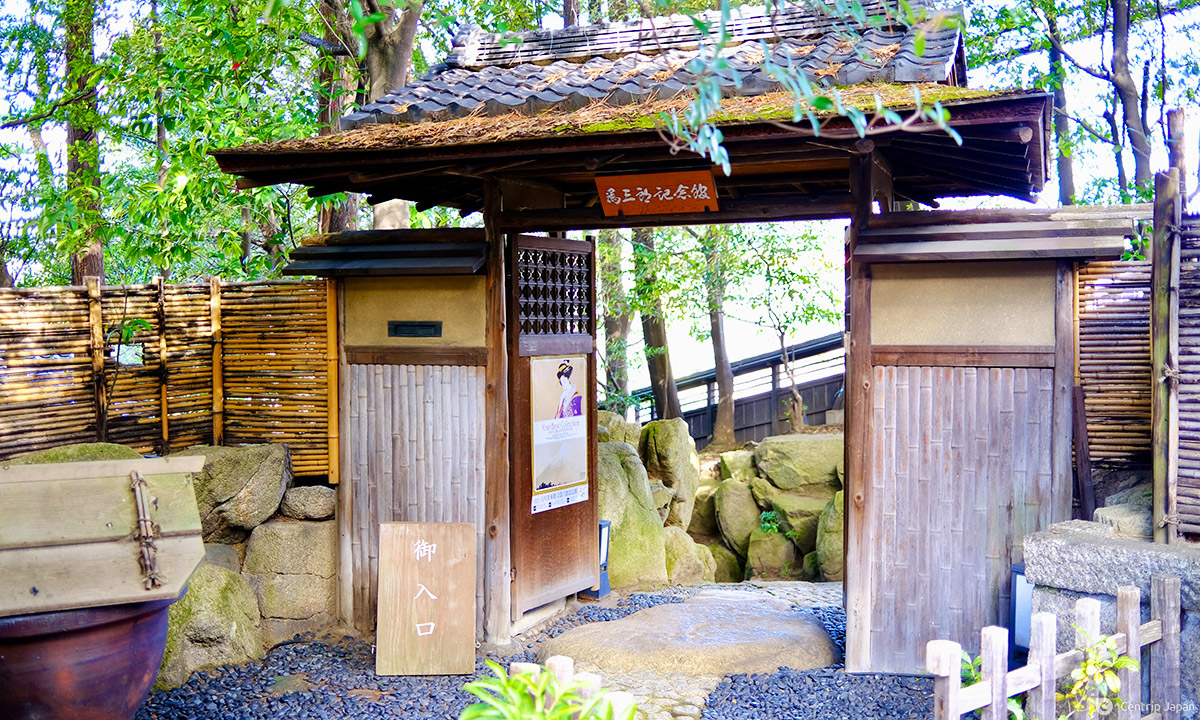
Take a 6-minute walk to the Furukawa Art Museum.
The Furukawa Art Museum is a private museum built by a wealthy entrepreneur from Aichi Prefecture. He was a collector of some 2,800 Japanese paintings, tea sets, and other works of art.
In his later years, he opened an art gallery to show his collection to the public. This lead to the establishment of the Furukawa Art Museum. His other wish was to open his Japanese mansion as a place for the general public to relax, creating the Furukawa Art Museum's branch museum, the Tamesaburo Memorial Museum.
The two museums are just a minute's walk away, so you can admire the artwork at the main museum and then take a stroll through the Japanese garden to the branch museum and enjoy a cup of tea, a rare glimpse into the elegant life of Japan's high society in the past.
Furukawa Art Museum Main Building: Forget the hustle and bustle
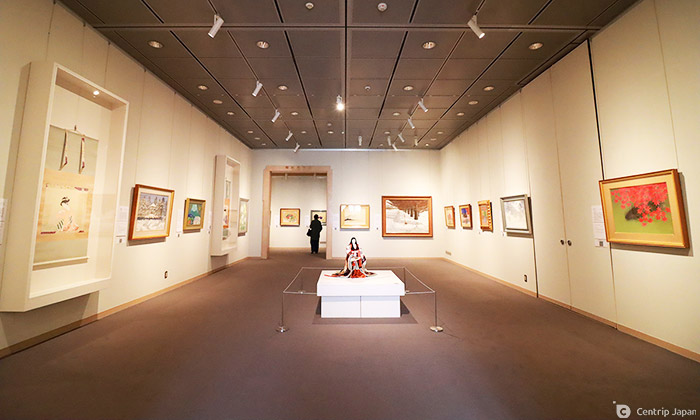
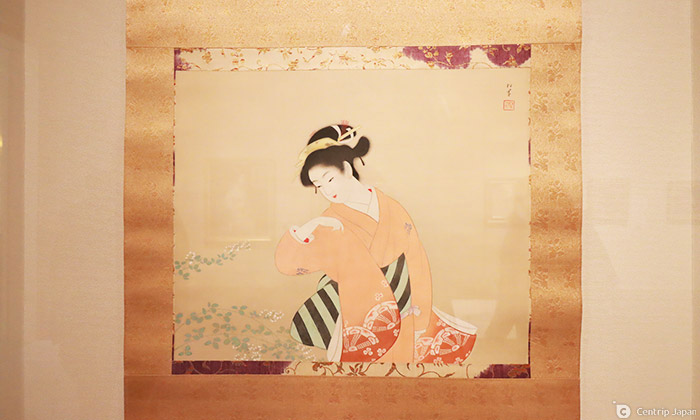
The collection of the Furukawa Art Museum is mostly from the personal collection of Tamesaburo. Apart from reflecting Tamesaburo's preferences, there are many beautiful pictures and works related to Mount Fuji and lend an air of relaxation and comfort. Anyone can enjoy the relaxing and comforting atmosphere that this artwork brings.
Tamesaburo Memorial Museum: a Japanese mansion for tea and a taste of the elegant life
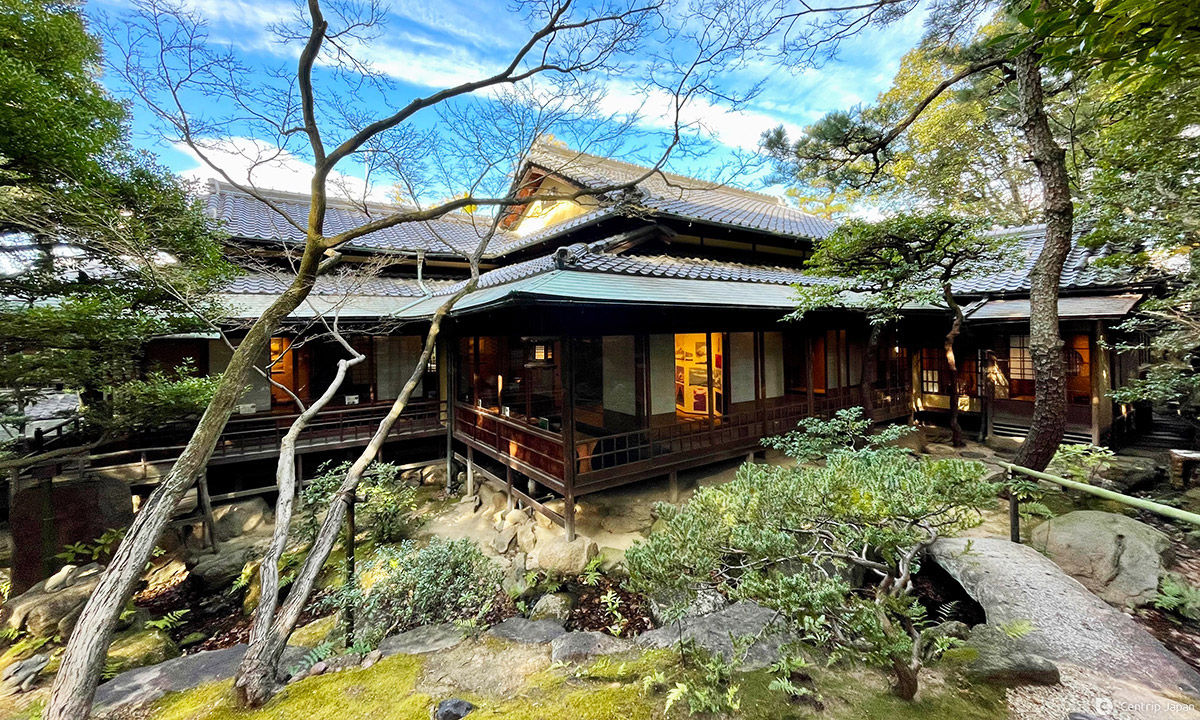
When you walk into the 1934 Tamesaburo Memorial Museum, you feel like you are stepping into an ancient mansion, with its gardens and elegantly detailed architecture.
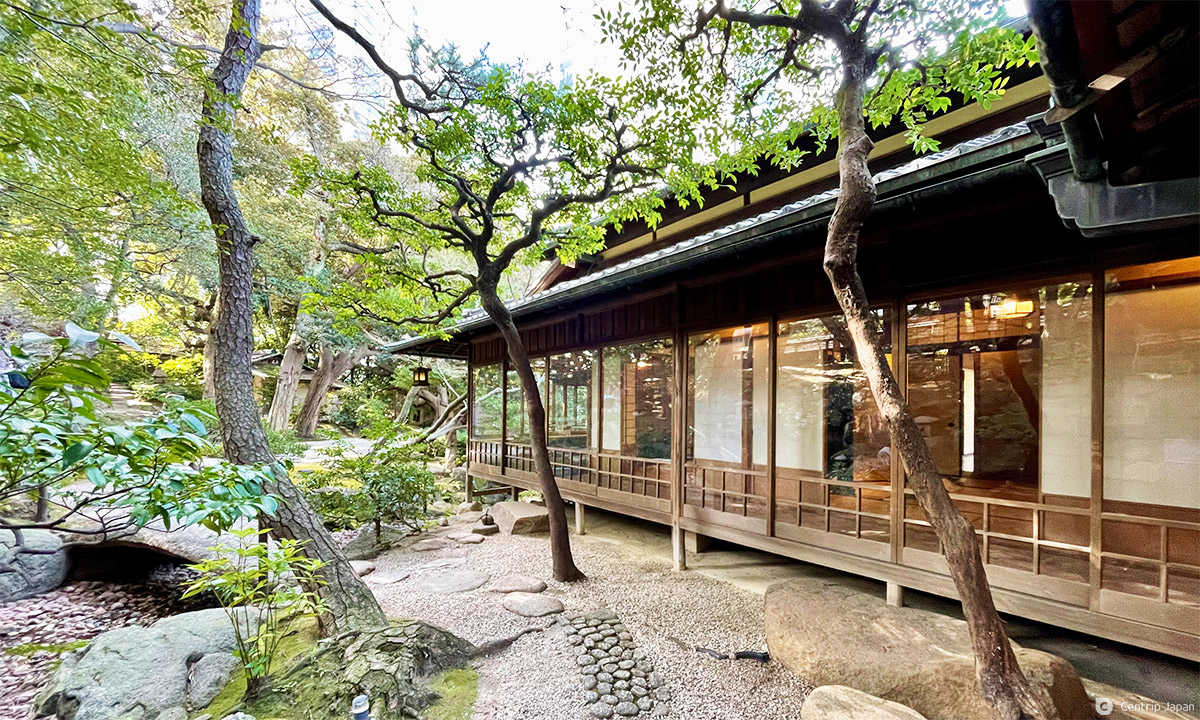
At first glance, the architecture is unpretentious, but the devil is in the details. A walk through the six rooms of the house exhibits several quotations from the cultural elite.

For example, the tea room Oogiri no Ma features a mountain theme, with a delicately carved transom that captures the layered perspective of the mountains and shoji frames that evoke clouds above, creating a profound atmosphere.
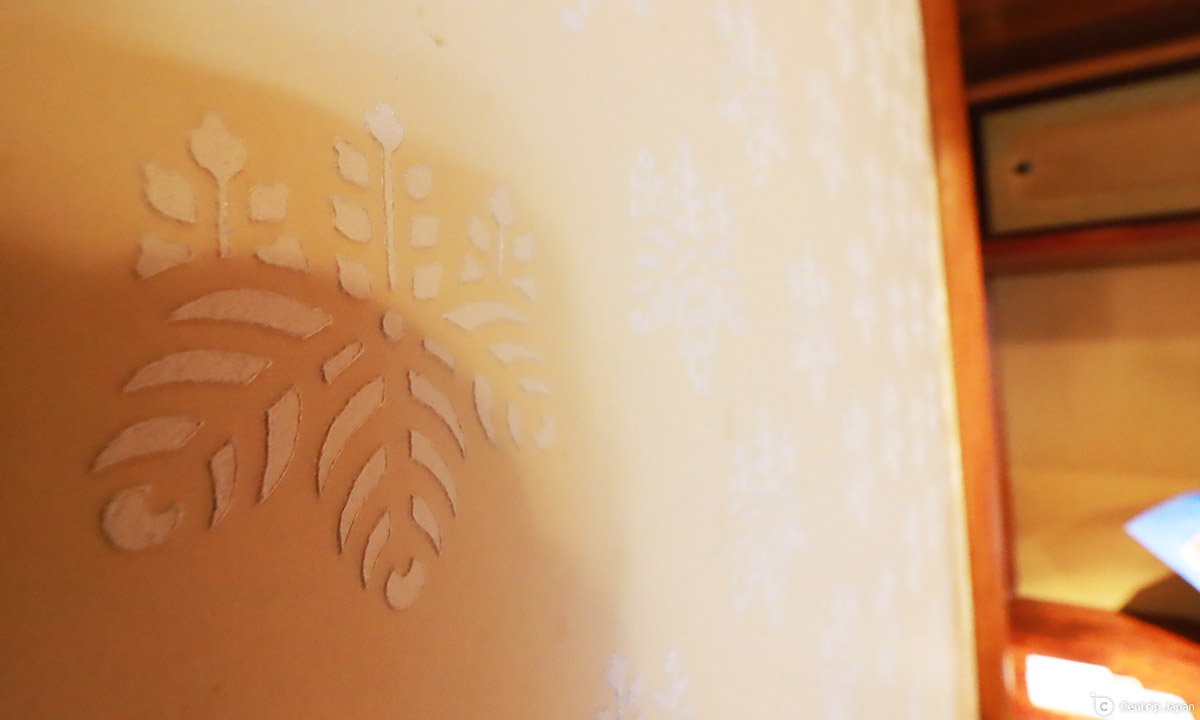
On closer inspection, the beige door is decorated with a pure white paulownia pattern which matches the name of the room. I'm sure these delicate designs were the talk of the town when the elite came for tea.
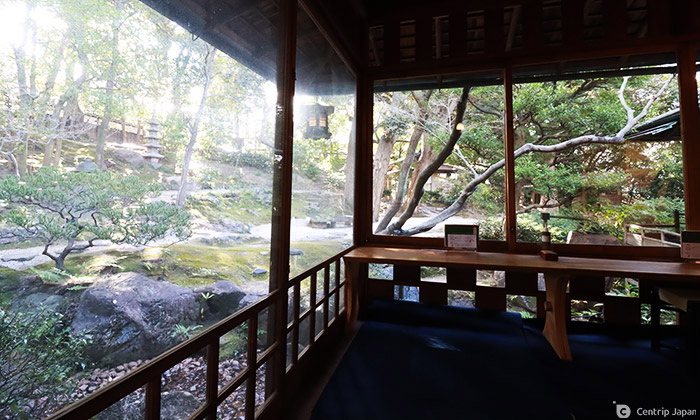

We recommend the Sukiya Café inside the museum, which has a matcha set (¥700) and seats in the most beautiful floor-to-ceiling window area of the Tamesaburo Memorial Museum. Enjoy seasonal wagashi (Japanese sweets) and matcha while looking out over the courtyard that only the rich and famous used to enjoy. The matcha tea bowls are handmade by the artist, and you can feel the warmth of the design just by holding them.
Wrap-up
Nagoya's Kakuozan district was and still is an intellectual and elegant cultural location. Kakuozan's history as a cultural district lies in the past many beautiful remnants remain in the area for visitors to see. You are welcome to take a stroll around the hill, and perhaps around the next corner, you will find a treasure.
Click here to get the latest information on Central Japan.Centrip Japan - Nagoya and Chubu Information
Aichi Prefecture Special Website

